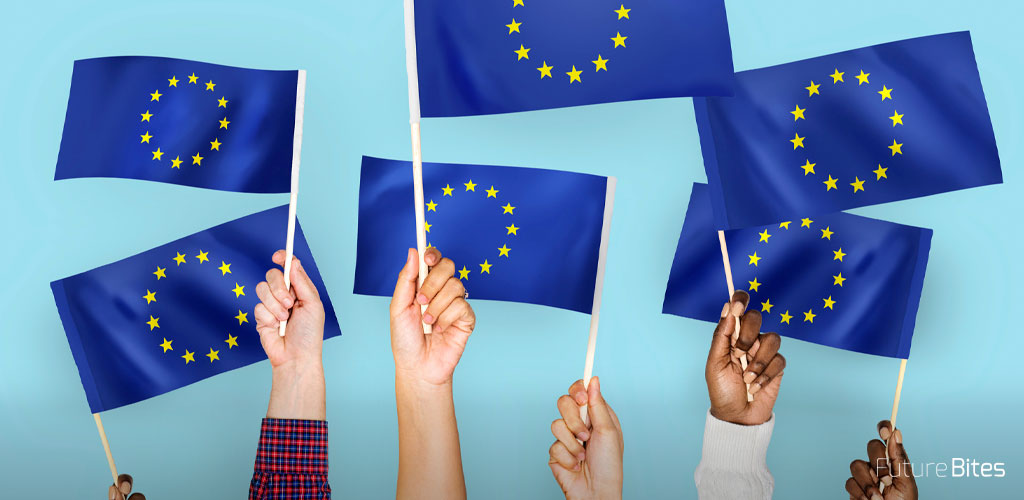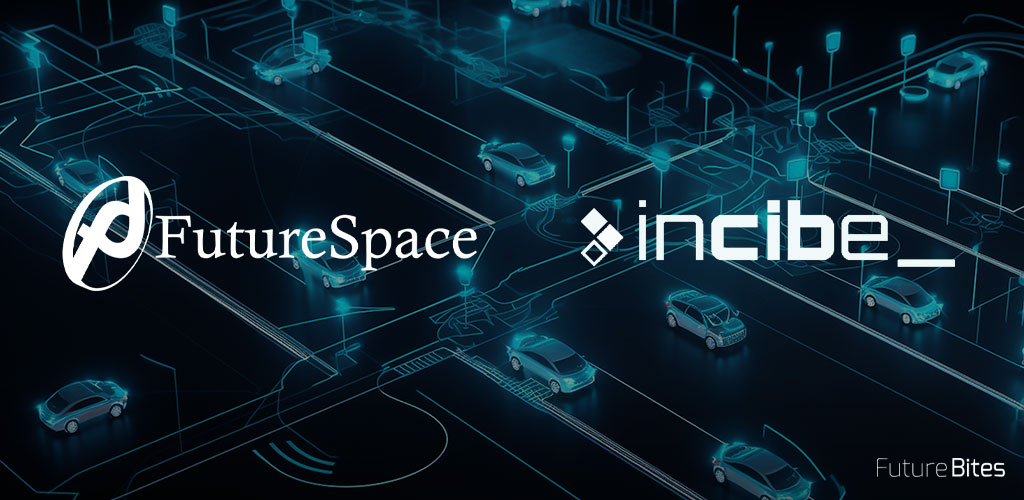There are currently thousands of sites on the Internet that offer a multitude of products at competitive prices, with an acceptable guarantee of quality and delivery that generates a fairly positive shopping experience.
However, not all e-commerce, Marketplaces, e-shops and others are the same, and not only because of the variety of products they offer or their form of payment and delivery, but also because of their ability to respond to the needs of their consumers quickly and easily.
The most popular e-commerce in Spain is Amazon, which curiously is only 5 years old in our country and which by the end of 2015 already doubled the number of unique users that another giant of physical sales, such as El Corte Inglés, had.
One of the reasons that have contributed most to the success of these product sales platforms is their product recommendation system, where consumers can easily and affordably find the items they are looking for that best fit their needs with very little effort.
There are many content recommendation systems, from those that analyze user browsing patterns, to those based on the analysis of product information sold in e-commerce. All of them are based on the collection of large volumes of information for subsequent processing, in order to generate patterns of behavior that help to quickly analyze the next interaction of a particular customer at a given time.
Content recommendation algorithms can be seen as a mathematical function in which, based on some input values (user data and product data), they generate a "recommendation list" in which for each customer, each product has an affinity value and therefore a recommendation value.
Below we list the main differences between the most widely used recommendation systems today:
1. Systems based on user analysis: They base their calculations on analyzing customer or consumer data, trying to find answers like: "Tell me what is popular among users like me". This type of technique is based on the generation of identities called "twins", according to the similarity in the attributes selected for comparison. These systems are not based on the analysis of the products offered to the customer and therefore, in a recursive way, they generate increasingly monotonous recommendations, without going deeper into the discovery of new products that consumers like.
2. Systems based on content analysis: these systems base their metrics on the analysis of the characteristics of the products offered by answering the question "products similar to those you like". The content analysis model is based on the extraction of information from the products, identifying a series of keywords that will be associated to each product. This model is very well suited to recommendation systems where the consumer is always looking for products of the same type, as it is capable of recommending new products regardless of whether they have been previously rated. However, as in the previous case, it lacks the ability to surprise the user, as it will only recommend products with well-defined characteristics.
3. Knowledge-based systems: They play with the explicit collection of the demand or need of their users and adjust to their search parameters. Users set a series of demand criteria that become constraints. The aim of these models is to generate a recommendation based on the products and the number of restrictions they meet for the customers. This model is simple since it does not have cold-start effects due to the absence of information in the first interactions of the recommendation, however it is difficult to generate very precise recommendations in the face of complex restrictions.
4. Systems based on collaborative filtering: They are the most used and can be seen as a combination of several elements of the previous systems. The concept of these systems is based on the statement that the behavior of similar users in the past will generate a similar behavior in the future, or more commonly called "word of mouth" effect. The products to be recommended by the system are listed under a discrete system of scores determined by users. In this way the structure will determine, in a numerical way, the affinity of a user to a given product.
These systems have the advantage that it is not necessary to know the exact information of the product to be recommended, but rather the rating or score generated by the users before said product. In addition, these systems improve over time, since their precision increases progressively according to the number of users within the system and the number of ratings that they make of the products that make up the system.
Within the collaborative filtering algorithms, one of the most used is the so-called "item-based", categorized by determining the similarity between products and not between users to make the predictions. This algorithm is also called "model based" since it is calculated in an offline prediction model that is periodically updated depending generally on the number of product ratings added after the last retraining. The model stores for each product, the N most similar products. To predict the rating that a user U would give to a product P, the ratings that product P has received from the most similar products N are used.
The increased performance of today's processing systems makes the computational challenges that a few years ago were insurmountable barriers, today are problems that can be addressed with easily achievable solutions. Most of the recommendation systems today are based on Big Data architectures, where their great scalability capacity makes the increase in the number of users or products that integrate their recommendation bases, problems with fast solution.
As a final example, most of the systems described above are easily programmable under Spark's Machine Learning MLlib library which in turn integrates with NumPy (Python) or the statistical analysis programming language R.












